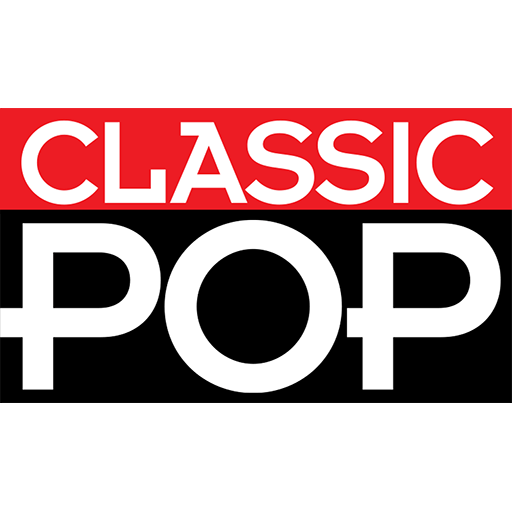We count down the steel city synth wizards’ wonderfully varied back catalogue of classic tracks
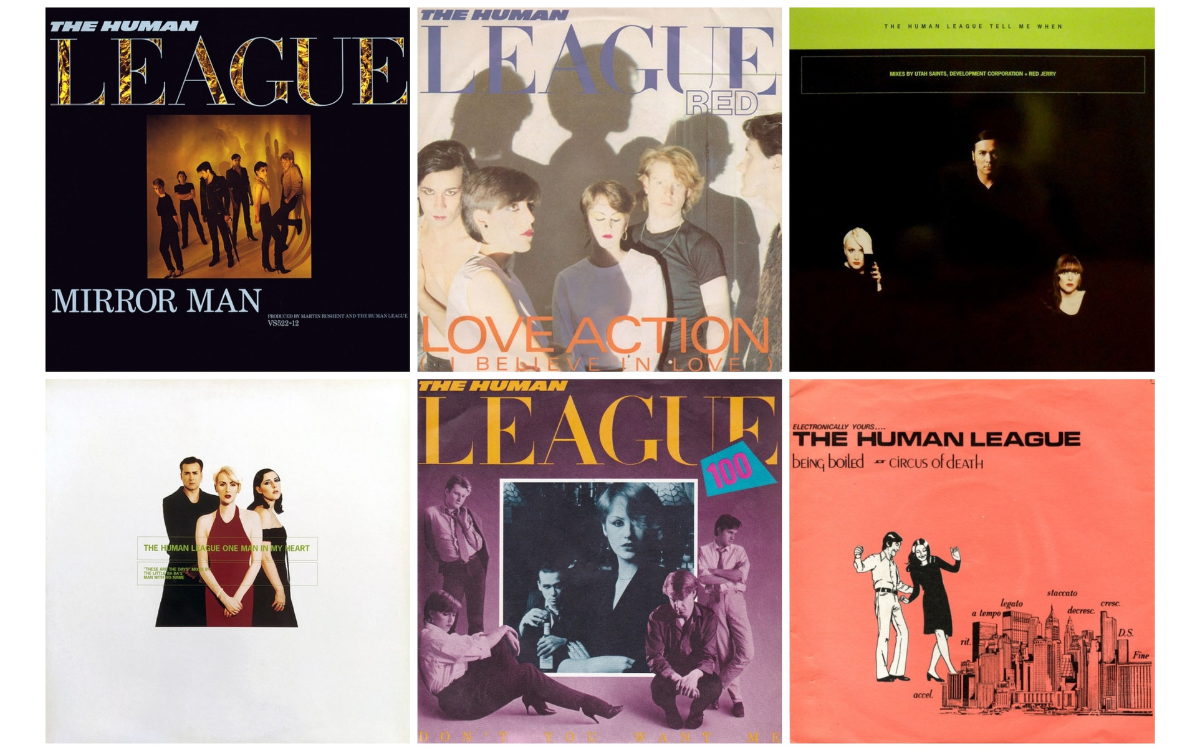
From the experimental synth-pop of debut Being Boiled to the mainstream chart genius of Don’t You Want Me and way beyond, Classic Pop picks out the Top 40 Best Human League songs
It’s been an adventure for all of us synth-pop obsessives. In an ongoing career that spans an incredible 45 odd years, The Human League have had plenty of space to explore the majority of their musical whims, some mind-blowing, some not so much. But theirs is a history more fractured than most – specifically down to that acrimonious, and infamous, split.
Often brutal and sinister, The Human League Mk.1 prodded stubbornly at the boundaries of electronic sound with Martyn Ware and Ian Craig Marsh – Smash Hits’ “distracted computer technicians” – grappling the rudder while Phil sketched out non sequiturs on an abstract futurist canvas. It was an output often served up to provoke as much as to please, from one of very few British groups gutsy enough to really put in the hours – and push the boat out as they did.
Mk2, on the other hand, relished in its – somewhat accidental – metamorphosis. The addition of Susan and Joanne made for an instantly more palatable entity, one that quickly shape-shifted to lead synth-pop’s elite into the hit parade by fashioning some of the finest pop records in existence. In fairness, we’re looking at two (three? four?) entirely different animals here.
As such, while ranking such a disparate catalogue may seem futile, it’s also a whole lot of fun. Here, we’ve assembled a broad Top 40 playlist that examines the band’s entire catalogue from the sound laboratory that made up Reproduction’s often bleak Krautrock-inspired vistas through to Credo’s glossy dancefloor-embracing refresh.
Whether your allegiances lie with that early thrill of brash experimentalism, the sort that genuinely accosts the ears, or in the melody-driven electronic pop that soothes them again, there’s a bit of everything here, and that’s why we so love The Human League – all of them.
And before you say anything, there’s plenty of the good stuff missing – special props go to techno prototype Dance Like A Star, the blisteringly odd C’est Grave with tour manager Tim Pearce on madtrap vocals, Romantic?’s sample-happy opener Kiss The Future, and the fan-favourite Morale… You’ve Lost That Loving Feelin’, so let us know your personal picks!
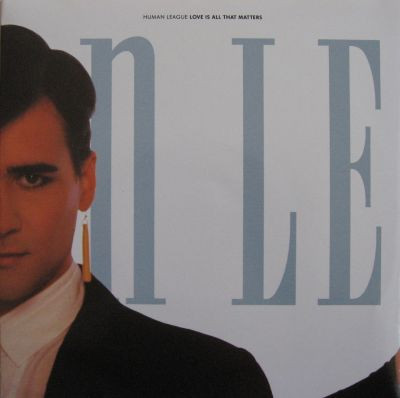
40 Love Is All That Matters (1988)
Weird one this, in that it appeared several years after its mothership LP, the Jam and Lewis-driven Crash, a project that for Phil was “just like being a puppet for four months”. “A strange marriage” indeed, said NME, but it had its moments, this being one of them. Buried below the plentiful soft synths and the gloss of Jam and Lewis’ ‘Minneapolis Sound’ trickery, the old League are there in essence. Notable as the first League release on the then-scarce CD format, it closely shaved the Top 40 as the lead single issued to promote their Greatest Hits album.
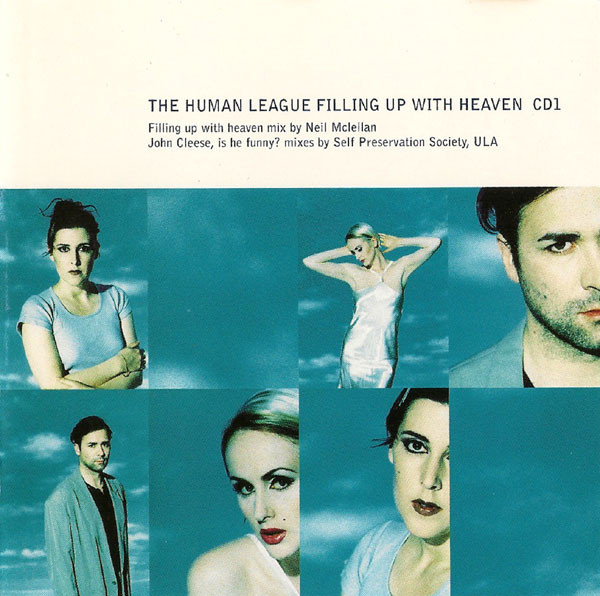
39 Filling Up With Heaven (1995)
The final single to be taken from 1995’s Octopus, Filling Up With Heaven evoked a starry-eyed innocence that plenty of fans got gooey over. Amidst a bleepy backdrop, the girls never sounded quite so angelic while Phil clings on to hope: “Maybe with you it’s all worthwhile”. Still, the critics (boo!) came down hard: “More refined, robotic formulae, sneered Q; “Where their simplicity was once appealing, it now renders them bland,” poked NME; “Proudly soulless robopop,” said The Independent. One for fans only, then.
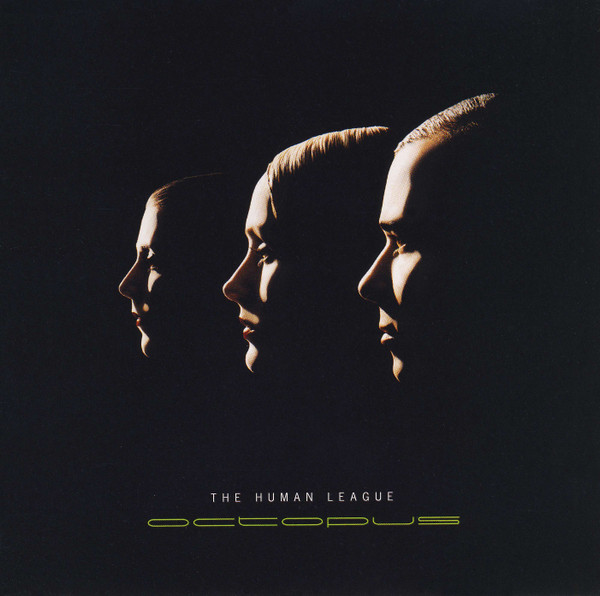
38 Never Again (1995)
Former Leaguer Jo Callis co-wrote this Octopus high point, a dispiriting tale of “another romance broken”. Things certainly clicked with ex-Tears For Fears man Ian Stanley steering the good ship: “One thing we learnt working along with Ian Stanley is you have to work really hard,” chuckled Phil, “we had got into the habit of watching the TV really hard.” As a result, “All guns were finally firing,” Phil continued, “Joanne and Susan were singing better than they’ve ever sung.” One of the hardest tracks to get right in the studio, and almost abandoned, but perseverance paid off for one of the star turns on the album.

37 The Lebanon (1984)
Included here, in part, because it has guitars! This politicised epic has split commentators over the years, but whatever camp you’re in, it’s one of the band’s least formulaic offerings. Here, Jo Callis butts up against the pure-synth manifesto left over from Mk.1. “I love a bit of contention,” he told Electricity Club. “I still think it’s the strongest tune on Hysteria.” More weighty subject matter from Phil – the Lebanese civil war – a ballsy move that led to a few sniggers from the press (“Before he leaves the camps he stops/ He scans the world outside/ And where there used to be some shops”).
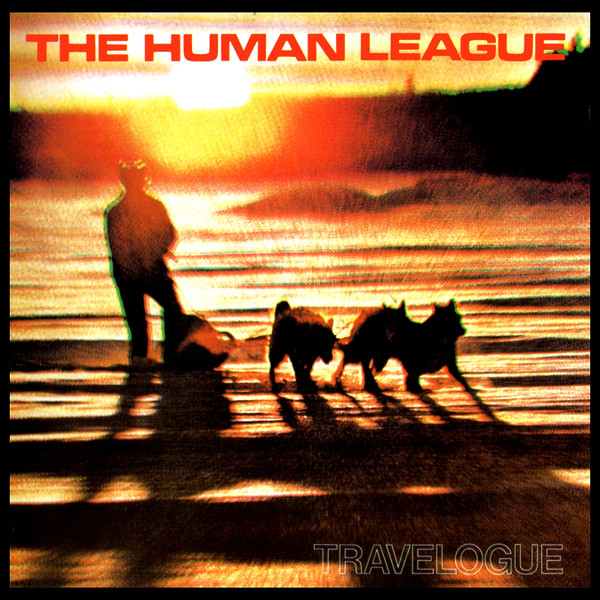
36 The Black Hit Of Space (1980)
Take its title literally. The self-effacing, forbidding, opening to Travelogue detailed a Futurist record so all-powerful that it halts time, swallowing all in its path: “It got to number one, then into minus figures,” chuckles Phil of this musical event horizon. It’s “a song which began with such an overload of synth sonics it sounded as if the mixing console was blowing up,” wrote author David Buckley. It’s no wonder that for its protagonist, all hope is lost: “I knew I had to escape but every time I tried to flee, the record was in front of me.” At least, we discover, he had time to make a sandwich…
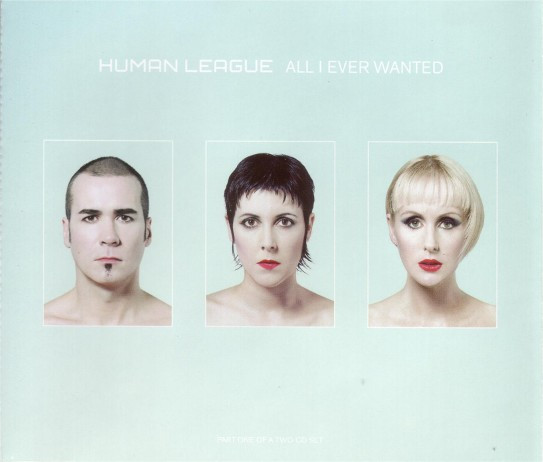
35 All I Ever Wanted (2001)
The time was ripe for a new Human League album and – with quality tunes like this club-bound pacemaker – Secrets was stocked with a decent crop of synth-pop, not straying too far from home but with choice touches of noughties electronica. “I wanted the thing to sound contemporary and fresh but still obey the strong Human League ethos,” said producer Ross Cullum to BHOS. “I thought we were on to something…” But with their new label nose-diving, when its chunky disco charms finally landed in summer 2001, the moment sadly had passed.
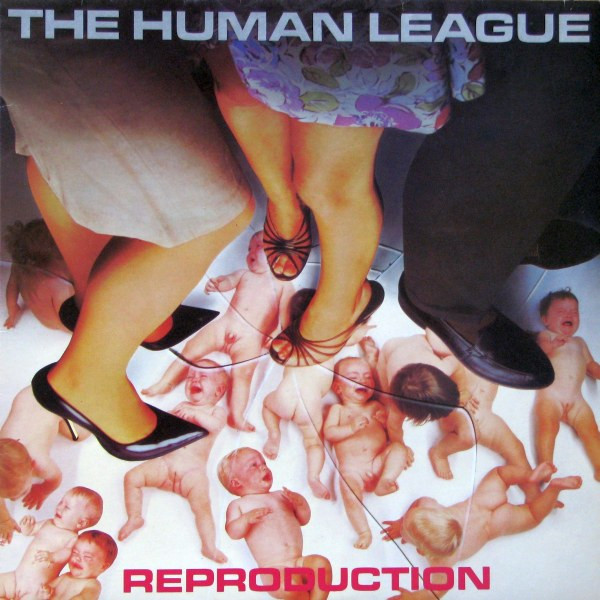
34 The Path Of Least Resistance (1979)
It must have been quite the surprise for those viewers tuning in to BBC TV show Mainstream in 1979 to see three static eccentrics fiddling about with machinery, keying out this sulky piece of alien electronica, while a kohl-eyed bloke sounds off about the emptiness of capitalism in front of a flickering collage of sci-fi weirdness. “It was a rallying call to rebel against conformity,” Martyn Ware told Electricity Club. “Phil and I being rebellious types were calling for ‘The Path Of Least Resistance’.” Well worth tea stains on the carpet.
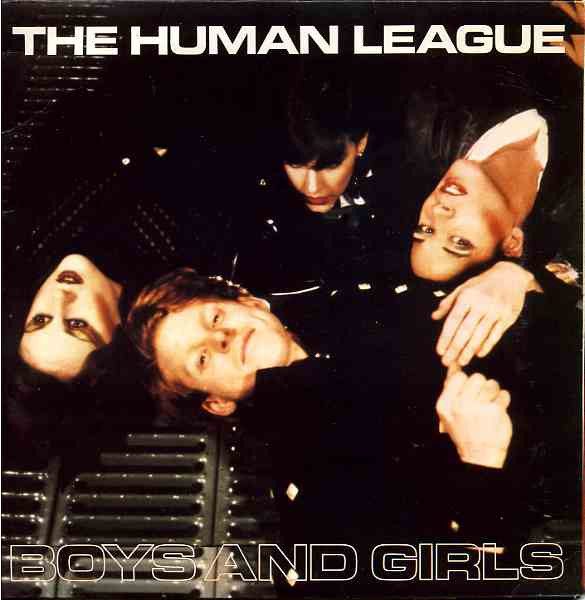
33 Boys And Girls (1980)
Mere months from the split, free-standing single Boys And Girls may have ushered in a new look League, decidedly less stony-faced with the two Crazy Daisy girls broadening the appeal, yet beneath the sleeve, the sound hadn’t left the laboratory. As such, there’s plenty of theatre here with its minimal rhythm sent to the back while Phil emotes in sync with its noirish lead synth. NME thought it “a cold, scary, uncomfortable effort”, while Smash Hits merely demanded they “Shape up”. Issued in February 1981, it found its ceiling at No. 48.
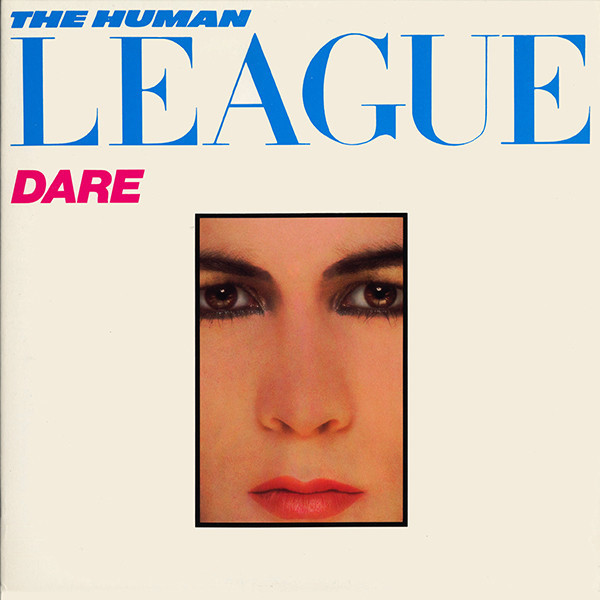
32 Do Or Die (1981)
This flighty Dare album track constitutes five minutes of trippy hooks, tastes of reggae and Latin rhythms flexing atop an Ian Burden bassline. Beginning life titled Love And Dancing, this criss-crossed popcorn synths, electro-congas and wandering leads while Phil stirs up arcane imagery, somewhere between relationship breakdown and anthem of persistence. Witness a band at the height of its fame on Central TV’s Over The Top in 1981. After all, it was the attitude represented in the song that had ferried them to this point in the first place.
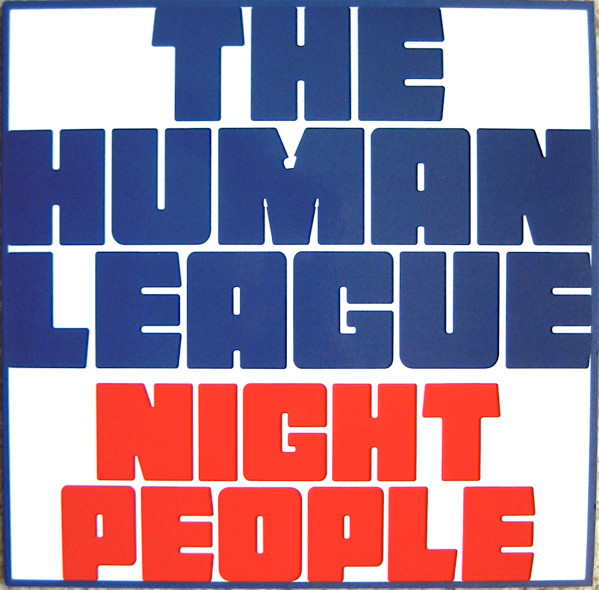
31 Night People (2010)
A new deal inked with Wall Of Sound led to Credo’s anthemic opening single Night People. It swerved the charts, but most agreed it was more at home lurking in clubland and, ripe for the remix, this received various elevated reworkings from Mylo, Cerrone, Villa and Emperor Machine. Fellow Sheffield resident – and one half of I Monster – Dean Honer had collaborated with Phil in 1999 as the All-Seeing I and here they gelled again. Electricity Club revelled in its “wonderfully elastic synthbass, trancey touches and enchanting deadpan vocals.”

30 I Am The Law (1981)
With a motto lifted from 2000AD, this was one of the first tracks written post-split. Perhaps unique for any band, it’s actually a song that celebrates, rather than disses, the police. “It’s from a policeman’s point of view,” clarified Phil. “It’s easy to run the police down until you require them.” But beyond Phil the upstanding citizen, this evokes Judge Dredd’s dystopian stomping ground of Mega-City One, with synths that scowl and flicker at each corner, hemming him in as a gurgling bass introduces its brooding chorus.
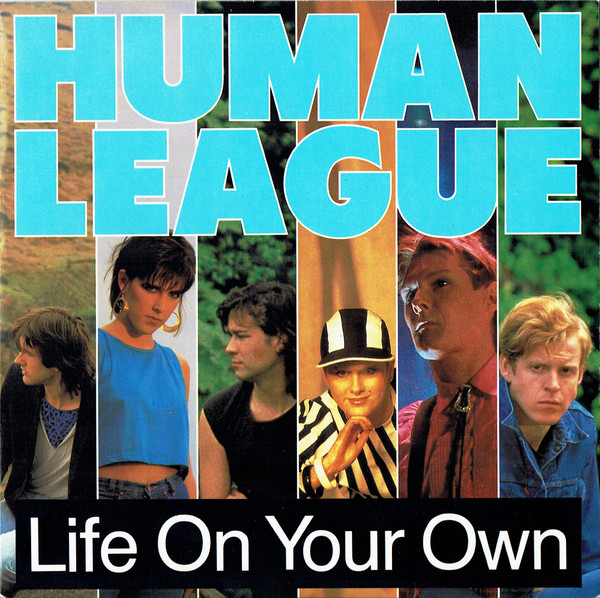
29 Life On Your Own (1984)
“We’re trying to get on Radio 2 with this one,” chuckled Adrian Wright on TV AM. It certainly took the band in a breezier direction, with a gently picked guitar hook that punctuated the chorus, still within the sonic realms of Dare. NME grumbled, “Hysteria is Dare after the thrill has gone”, but it’s artful melancholy that replaces the thrill here, deftly aided by Hugh Padgham’s uncluttered production. Reassessed without the hype, Life On Your Own ain’t half bad. Lip synched by Phil beside the swaying girls on TOTP, this made UK No.16.
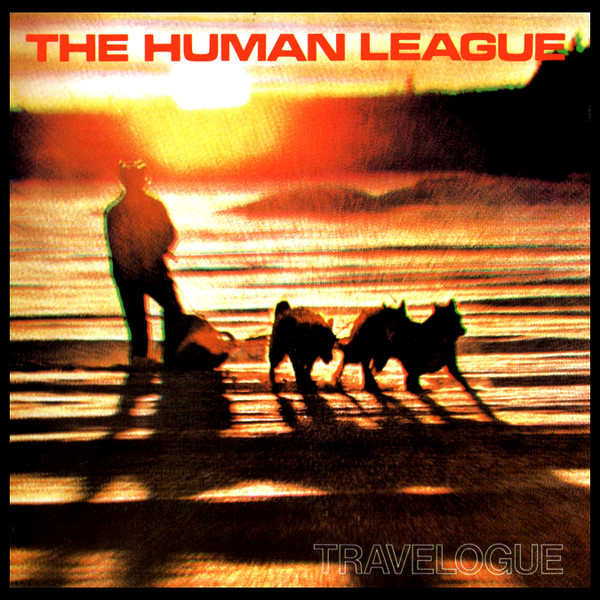
28 Dreams Of Leaving (1980)
“One of the things influencing this was we were told right from the outset that you can’t make emotional music on a synthesizer,” Ware told Electricity Club. “So we were very determined to prove people wrong.” With Dreams Of Leaving The League’s architects comfortably achieved their goal with a piece of stark, boundary-buckling electronica, grandiose and utterly mesmerising – add its Apartheid theme and Phil wasn’t messing about either. For Sounds it was “astonishing, original and totally captivating.” A track that goes right back to The Future.
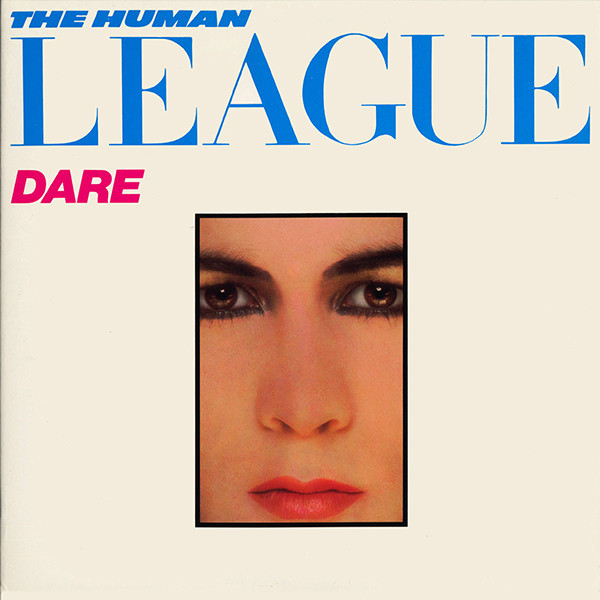
27 The Things That Dreams Are Made Of (1981)
A fave track of League collaborator Little Boots, for many, Dare’s opening act deserved single status (which it kind of got a while later via 2008’s remix EP, a UK dance chart No.2). Recorded in summer 1981 with a classic Linn drum beat and some expertly textured synths that provided the bedding, this is an innocent ode to the joys of life – here Phil rhapsodises about travel and sightseeing, right on through to love, ice cream and Norman Wisdom. Synth-pop perfection or as The Village Voice put it: a “beachy, creamy ethos” Ok…
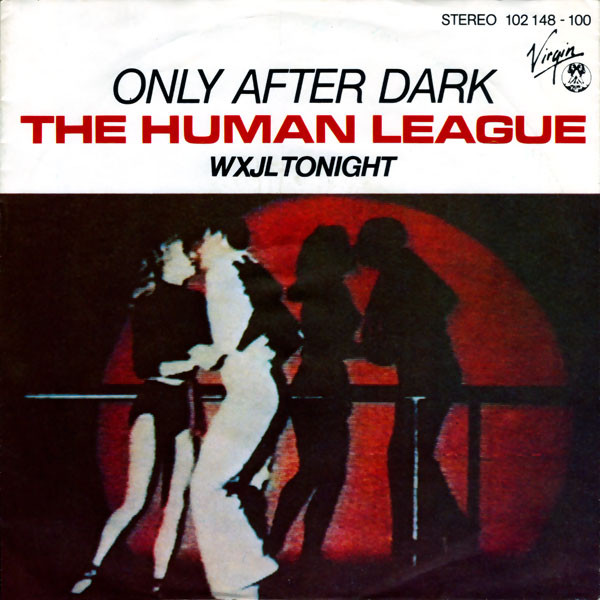
26 Only After Dark (1980)
“A superb Mick Ronson cover that heralds the coming of both the Mk2 line-up and Heaven 17,” wrote The Sunday Times retrospectively, and this is one of the few tracks that suggests a glossier direction thanks to some supertight surf harmonies and a little more, well, fun. Not that much happens but who cares. Originally appearing on Ronson’s 1974 album Slaughter On 10th Avenue, here the trashy guitar-driven 70s feel is recast with analogue bassline, typically stark rhythm, the odd fill, and a sci-fi synth. Lined up as Travelogue’s second single it was a step too far for the trio and promptly vetoed.
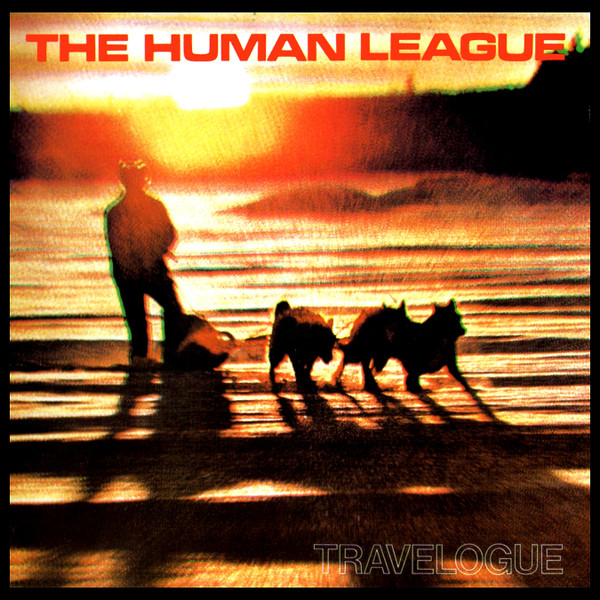
25 The Touchables (1980)
By now, you can tell we’re big fans of THL’s second album Travelogue – and this is one of its choice moments. Melodic enough to engage, yes, but its inner beauty lies in the arrangement, rising and dipping, a heavenly backstreet electronic symphony. Produced by Richard Manwaring, this likely took its name from the 1968 film of the same name, the tale of a pop star willingly kidnapped by a gang of nubile girls. This gives us no clue as to what Phil’s going on about here, but for Sounds this was “unselfconscious, integrated and moving synthesizer rock.” We agree.
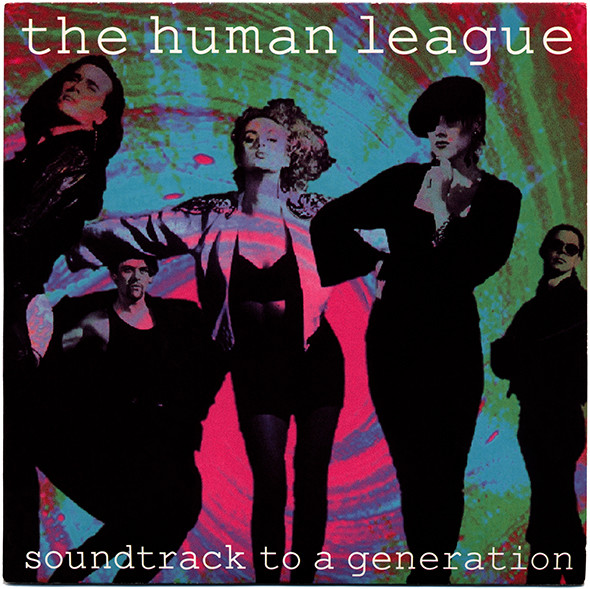
24 Soundtrack To A Generation (1990)
Giving Romantic? a revisit has led plenty of fans to reassess early judgements – and this last hurrah with Virgin split the crowd more than most. Written by Phil and keyboardist Neil Sutton, it clawed a paltry UK.77 in 1990. Sure, we get that the girls’ backing squeals – Holy Cow! Oh Wow! – may have grated, but there’s all the solid Dare tropes within its bars. The band even brought back the labelling system (this was ‘Red’) abandoned at their peak. Plus, well, it’s decent unashamed pop. Our preferred version? The slightly longer, Orbit mix.
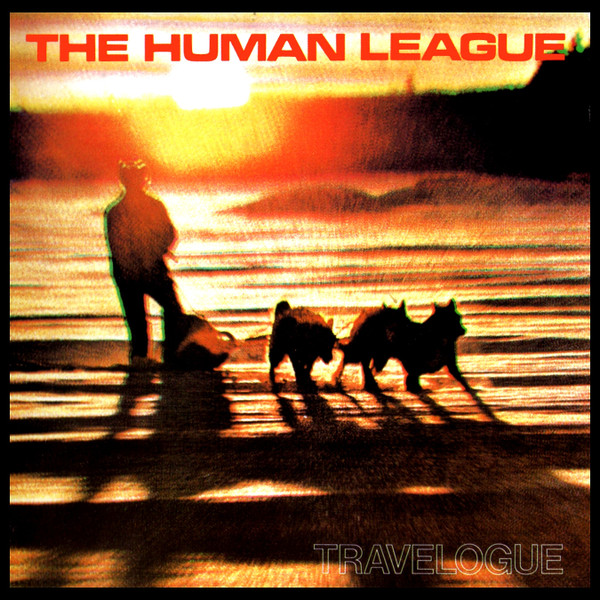
23 Life Kills (1980)
An intense, stomping glam attack on the 9-5 life, and one of Travelogue’s more pacier offerings, Life Kills clashes and fizzes excitedly like punk rock on synthesizers. While some wondered why they didn’t just pick up the guitars, others joined in with its morbid chant, as it bores into the brain. “It was fundamentally influenced by literature, films and TV as much as other people’s music,” Martyn Ware told Electricity Club. “We wanted to tell stories and have a narrative, so you are what you eat, and what we were eating at that time was Science Fiction novels like JG Ballard.”
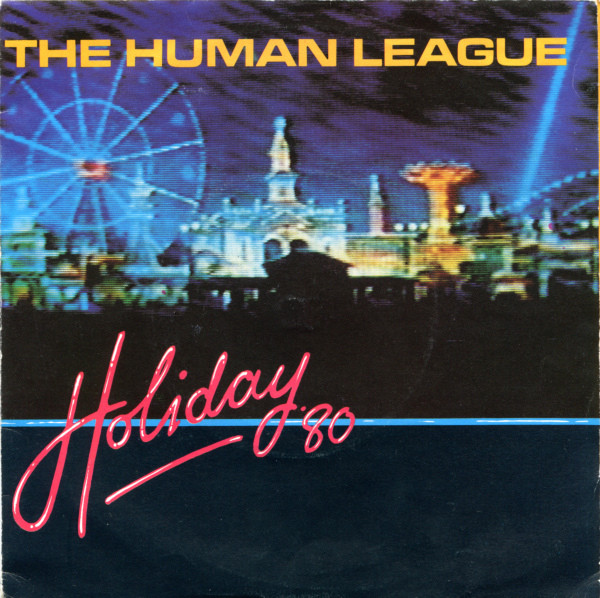
22 Marianne (1980)
Described by NME as “brilliantly brutal”, the lead track on the ill-fated Holiday ’80 EP evolved from an earlier demo entitled Living On A Bombsite. Released in April 1980, the EP was them “going for the jugular… we threw everything at it,” as Martyn Ware told Electricity Club. He regarded Marianne as their “best ever song” but it bombed nonetheless. “As happens to the originals,” said Sounds, “they failed because of their own foolish move towards dignity and ‘below ground’ obscurity.”

21 WXJL Tonight (1980)
Hit the play button and we’re immediately lifted high into a cinematic futuristic dimension – synths blazing out chorded ambrosia while a syncopated loop trips and pounds. It’s as utterly schizo as it is crazily hooky, maintaining its course as Phil sings of an imaginary sentient radio station, of DJs and ratings, its protagonist seemingly lost in dystopian limbo. Record Mirror commented at the time that The Human League looked “like suitable candidates for the apocalyptical Titanic dance band.” Fair enough.
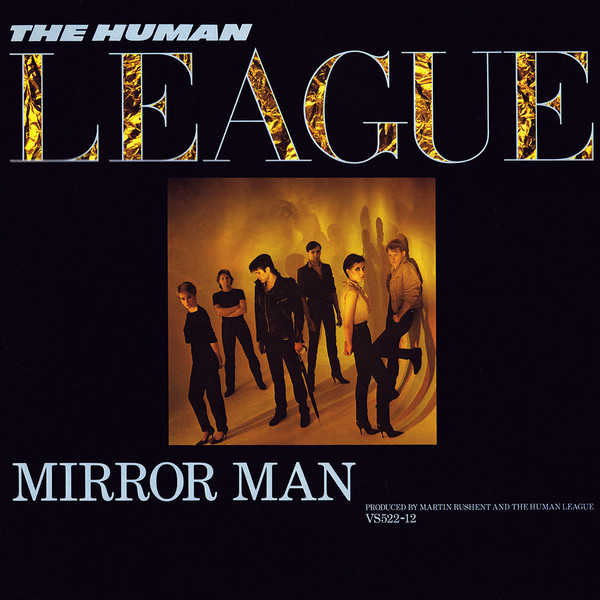
20 You Remind Me Of Gold (1983)
Suitably oddball flipside, You Remind Me Of Gold complimented its Motown-aping A-side, Mirror Man, beautifully. Occupying the middle order on 1983’s Fascination! EP, this flexes around a central bouncing synth nicely augmented via ticker tape arpeggios that add warmth to its lovelorn lyrics of sunrises and squealing brakes. The song got a bit of a pasting from Richard Riegel in Creem, who surmised: “it again reminds you just what total smoothies these people have become since they met up with producer Martin Rushent.” But for us, it’s stood the test of time as one of their lesser-known greats.
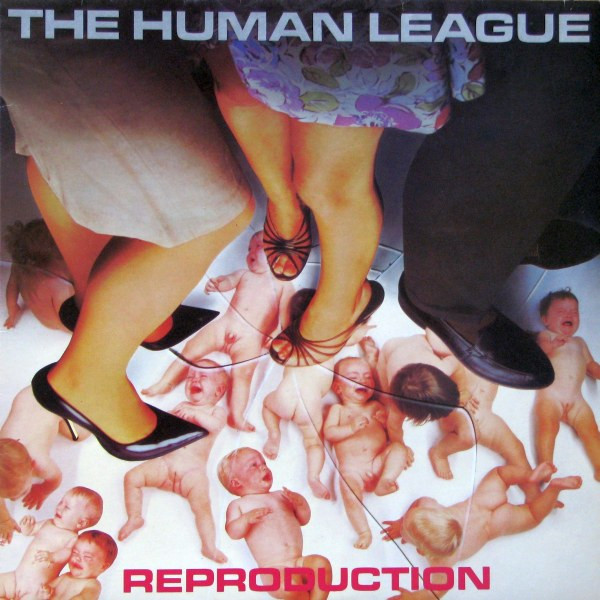
19 Blind Youth (1979)
Vintage early track Blind Youth squared up to punk with a lyrical challenge to the Sex Pistols: “No future they say/ But must it be that way?” Some of its more choice lyrics (‘Dehumanisation is such a big word’) fulfilled the ‘humour’ part of the early manifesto, but ultimately gave their audience a positive spin on the wasteland perceived by punk. Slowed down for the Reproduction album, this showcased a band light years ahead, and when their Peel session aired in August 1978 it left many-a cool kid’s mouth agape.
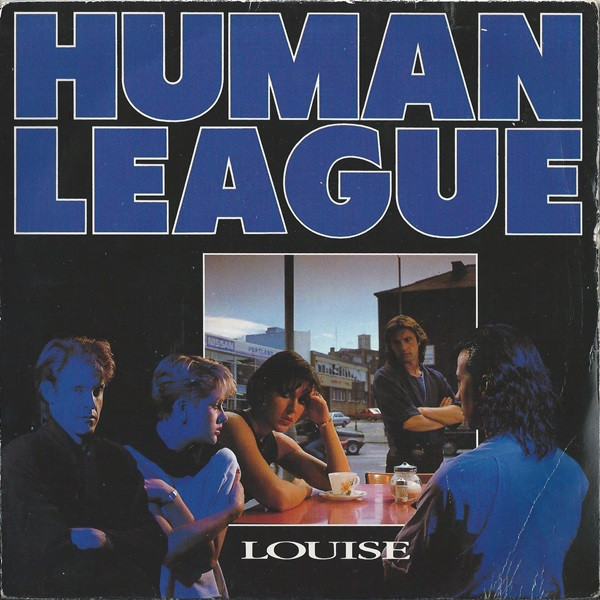
18 Louise (1984)
Perhaps it was under-par production that led to a critical thumbs down: a “dreary and stilted bit of water-treading balladry,” scoffed NME. But League lovers cared not a jot. For one, there’s history here, as Phil picks up where he left off with Don’t You Want Me. “The guy meets the girl 15 years later and he still misunderstands everything. He still hasn’t caught on,” said Phil. Beyond all the reminiscing, Louise proved, yet again, that it was possible for circuit boards to inhabit the soul. Critical downers aside, Louise made UK No.13.

17 Mirror Man (1982)
Fans of Mk.1 League will have heard their take on The Four Tops’ 60s hit Reach Out (I’ll Be There), mangling its melodies through their oscillators. A second Motown-revering turn was no real surprise then, even if the appearance of an actual bass guitar might have been. Introed by the girls’ retro coos, the pounding backbeat of Mirror Man propelled it to UK No.2. The subject was, as Phil revealed to Tracks, none other than Adam Ant: “We didn’t want to offend him. But he was having to respond to his public more than was good for him.”
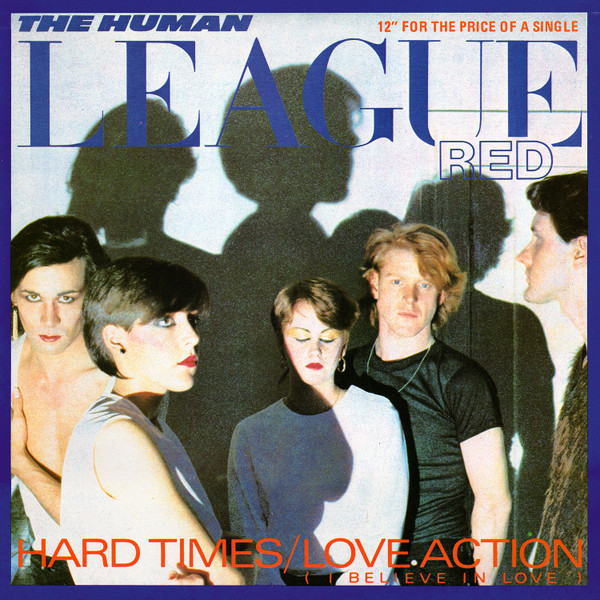
16 Hard Times (1981)
Part of the RED series, the ebullient synth-happy Hard Times appeared as a suitably uptempo plattermate to Dare classic Love Action, as a bonus track on the American CD edition of the LP, as the chipper opening salvo to Martin Rushent’s remix album Love And Dancing – and as the rousing set closer on 2007’s Dare Tour. Basically an instrumental complete with cyber ‘meows’, the lyrics are limited to Phil and the girls repeating the title nicked from the A-side: “I’ve had my hard times in the past”. For Creem it was “Chic-meets-the-B-52’s” and that’s a fair summation.
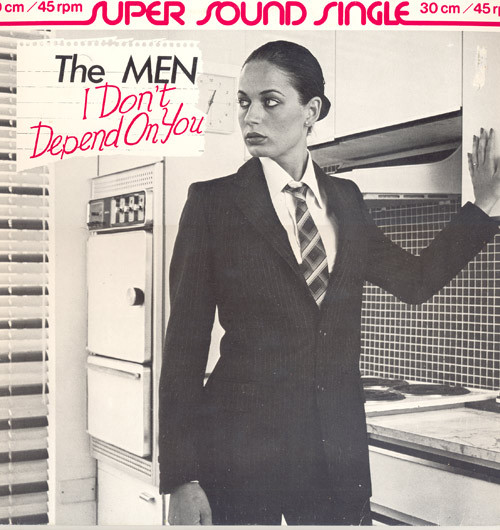
15 I Don’t Depend On You (1979)
The unexpected follow-up to The Dignity Of Labour, released under the pseudonym The Men, this was another release never likely to trouble the hit parade. From the robotic cobra hiss of the intro through to the building tapestry of overlapping synths throughout, the track is centred around a super-suave disco bassline, with the rare appearance of an actual guitar and female vocals, from Katie Kissoon and Lisa Strike. It’s a unique corner of the catalogue. “Looking back on it now,” Martyn Ware told Electricity Club, “It’s pretty much the template for how Heaven 17 went.”
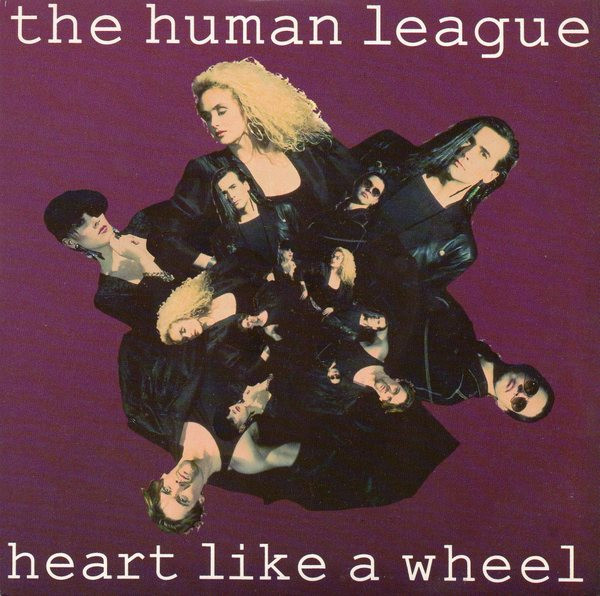
14 Heart Like A Wheel (1990)
THL’s first LP of the 90s, Romantic?, may not have set the world’s turntables aflame, but it did carry one of their most lustrous hits in Heart Like A Wheel. Co-written by Jo Callis, and helmed by a returning Martin Rushent, it boasted a skyscraper of a chorus that reminds of peak S/A/W. Add lyrics that referenced the Gulf War, then at its height – a kid’s toy gun juxtaposed with the real thing – and it should have seen all involved landing bums firmly in the butter. But alas, as Uncut surmised, in context it revealed a band out of touch with the times.
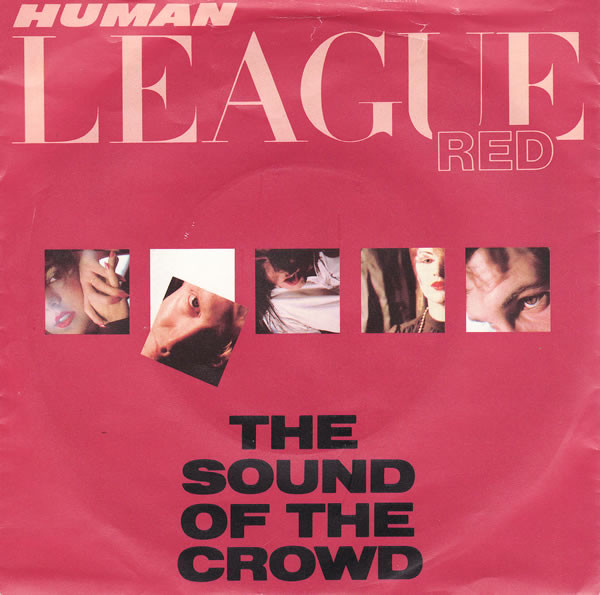
13 The Sound Of The Crowd (1981)
“We believe we’re commercial,” Phil insisted to Sounds in December 1978, but it wasn’t until this 1981 standalone single that everyone else came on board. Heaven forbid, it also received a decent NME review: “A beaty, boisterous corker of a white disco song.” Written by Phil with stream-of-consciousness lyrics provided by new recruit Ian Burden, this was the record that properly announced the Mk.2 refit, nightclub revellers Joanne and Susan finally launching their girl-next-door charm offensive – once Martin Rushent had demanded they re-record it, mind.
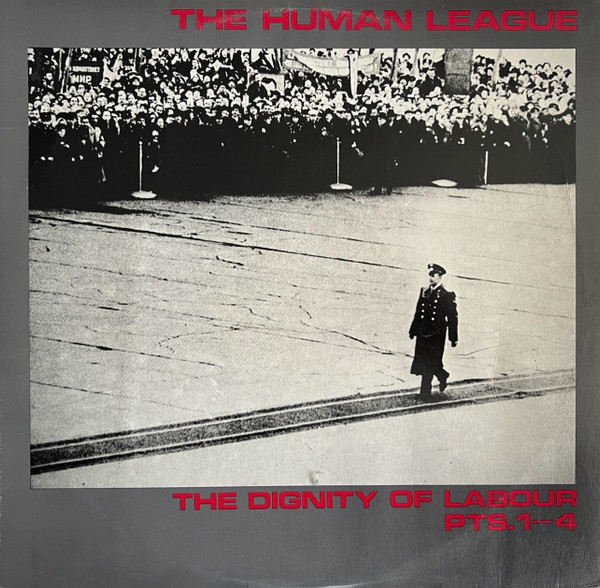
12 The Dignity Of Labour EP (1979)
This exalted 12” surfaced on Fast Product in Spring 1979, after debut album Reproduction, intended as a show of principles having signed to a major. As if to hammer home the point, it featured monochrome artwork and came with a flexidisc of the band and manager Bob Last chatting about, well, flexidiscs. Born of three instrumentals, this 20-minute epic occupies territory more akin to fellow Sheffielders Cabaret Voltaire than anything synth-pop threw out later on. A thought-provoking and challenging piece of work, easy to get lost in.

11 Darkness (1981)
The Face’s Paul Tickell felt that Darkness owed a lot to “the oddball melancholy” of Travelogue and it was clear the Mk.2 line-up was thumbing that same blueprint of machine-fashioned emotion, while sponging up familiar cultural imagery. But this Dare standout took that unrefined vision and gave it just enough of a polish – the colours, shadows and screams that haunt Oakey still ingeniously mirrored in the music. It’s also notable as one of the few songs to feature Adrian Wright’s lyrics, inspired by late night readings of Stephen King’s Salem’s Lot.
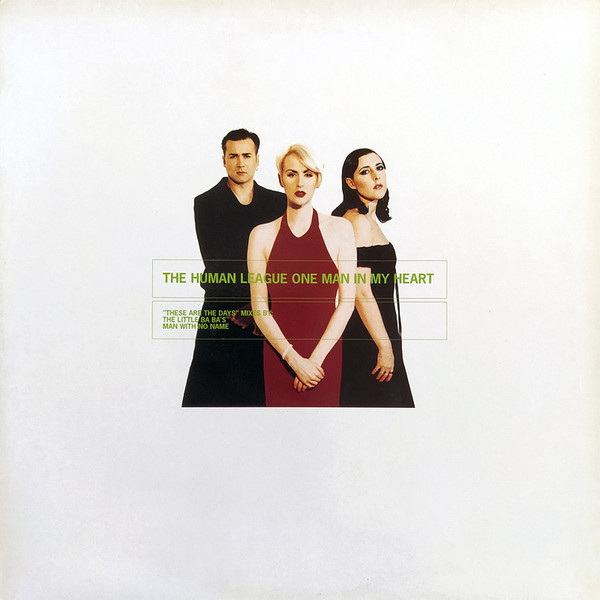
10 One Man In My Heart (1995)
Another track lovingly steered by Ian Stanley, this UK No.13 single, the second from Octopus, is the one and only League tune in which Susan took the lead, prompting us to wonder why there aren’t a load more? Brimming over with honey-sweet oo-la-las and, sigh, a disarming innocence, it’s hard not to lose your cool to what is a delicious piece of unpretentious synth-balladry – part British ABBA, with hints of Sarah Cracknell. “Not the greatest moment in the League’s glittering recent history but close,” wrote Melody Maker.
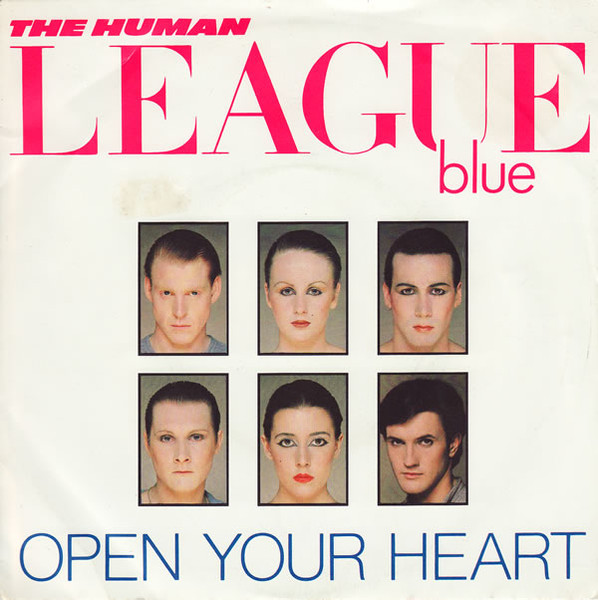
09 Open Your Heart (1981)
A gloriously inspiriting outlier from Dare with one of the League’s most memorable synth lines conceived on a humble monophonic Casio VL Tone – or an “immortal shrill, flute-like hook” as Stuart Maconie preferred to call it. Elsewhere Phil powers out one of his finest takes, while the now much-revered Linn beats out its simplistic metre. “It’s got everything,” squealed Smash Hits, “a strong chorus, instant appeal and dreamboat topping.” All elements which combined to help this, the final advance single from Dare, to slot in nicely at UK No.6.
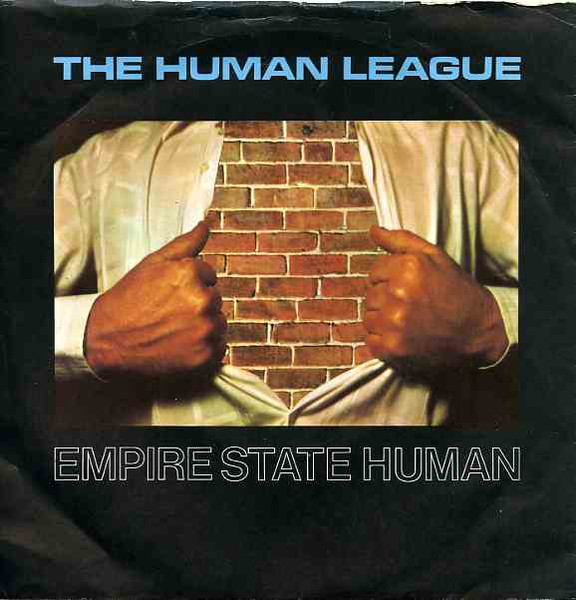
08 Empire State Human (1979)
One of the more palatable synthetic offerings from the first set-up, striding third single Empire State Human concerns a protagonist determined to outgrow his human limitations, enlarging to “14 stories high”, reflecting those irrepressible ambitions, in what NME called “an ambitious marching anthem.” Adding to the nursery rhyme feel was a satisfyingly JG Ballard-inspired sci-fi sheen, and backing vocals bathed in effects. It all amounts to what The Sunday Times declared “a classic league chantalong”. Still no chart action though, until a re-release in June 1980 sneaked into the lower order.
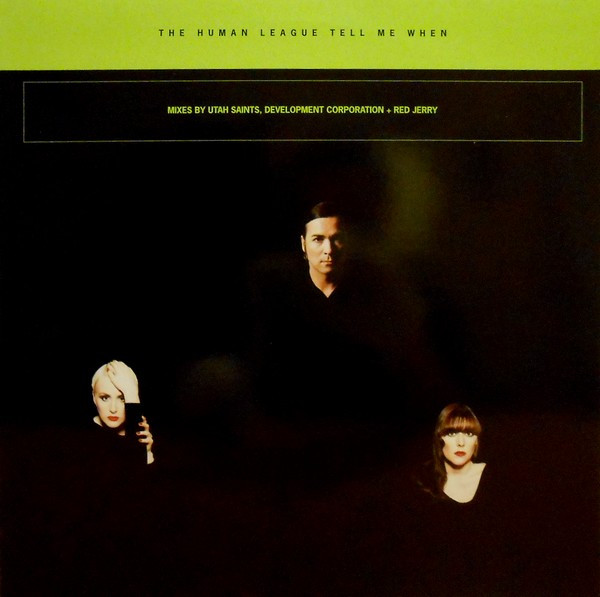
07 Tell Me When (1995)
Grunge was over, a chapter closed by Kurt Cobain’s trigger, but Britpop was running rampant – no wonder the League felt cornered. Thank the synth-pop heavens then for a trip to Japan and a timely collaboration with electro royalty YMO. On their return, slimmed down to trio, they swiftly pulled up from the post-Romantic? slump and dropped their first big hit in yonks, now the cool kids amidst a woeful Top 10 of Cotton Eye Joe and Celine Dion, Boyzone, N-Trance and – eek – R.Kelly. Tell Me When was a glorious prelude to the triumphant Octopus, issued the following year.
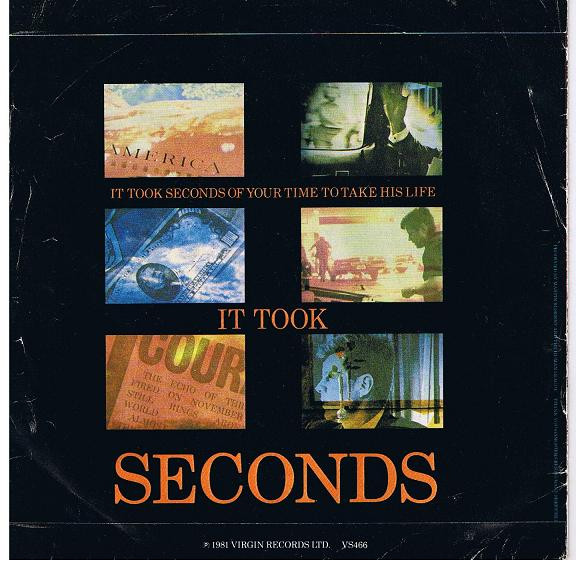
06 Seconds (1981)
A Linn drum-driven highlight from Dare that bathed in at least some of the glory as the B-side of mega-hit Don’t You Want Me. Here, the four-four Motorik rhythm carries a jubilant Roland Jupiter-4, its synthetic fanfare adding a misplaced air of victory against its tragic narrative of JFK’s demise. As Phil repeats the line spelled out on the back sleeve: “It took seconds of your time to take his life, it took seconds,” referring to the shot that killed “the golden one”, the image of Lee Harvey Oswald lying in wait, is branded onto the mind’s eye – made yet more real with its white noise shot.
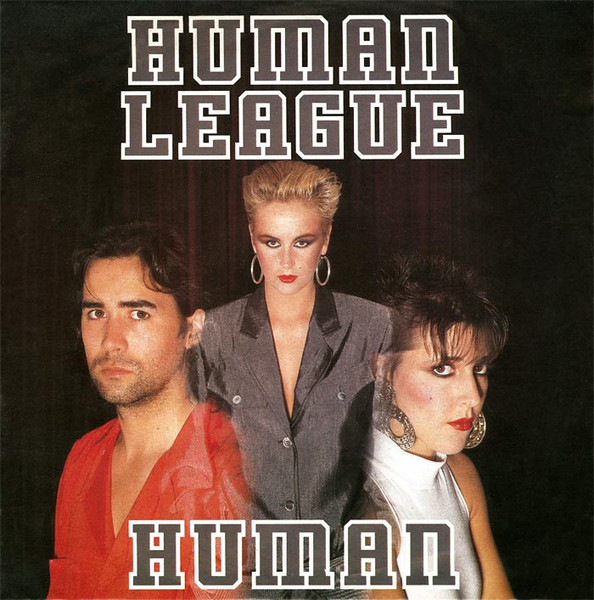
05 Human (1990)
Crash’s finest moment may sound closer to the vibes of those who wrote and produced it – Minneapolis legends Jam and Lewis – but its class nonetheless. Rightly, Smash Hits fawned all over it, as a “ beautifully crafted, warm and melodic tune” and NME, too, fell for its charms describing “a beautiful cybernetic soul ballad” as “the most stylish thing they’ve done in years.” And while it was hardly plain sailing in the studio, it seems calling upon the services of a hotter than hot production duo, wasn’t such a bad call, when it notched up a second US No.1.
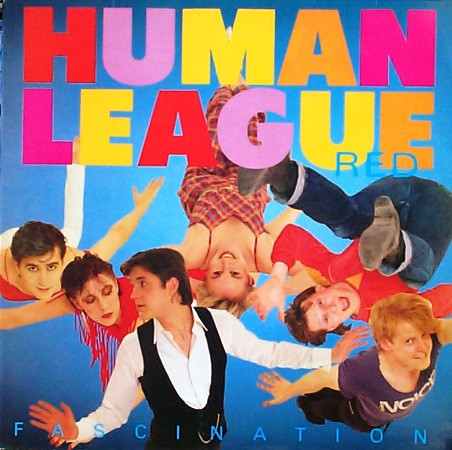
04 (Keep Feeling) Fascination (1983)
Bridging the gap between Dare and Hysteria, this iconic standalone hit was the last to be colour-coded by the band, and their last tune for a while with Martin Rushent. (Keep Feeling) Fascination featured all but Adrian on vocals, and bounded to UK No.2, their first to reach the top of the US dance charts, fulfilling that ‘Red’ classification. The track was also featured on the very first NOW That’s What I Call Music!compilation, while the ‘Extended’ and ‘Improvisation’ versions on 1983’s Fascination! EP are also worthy of attention.
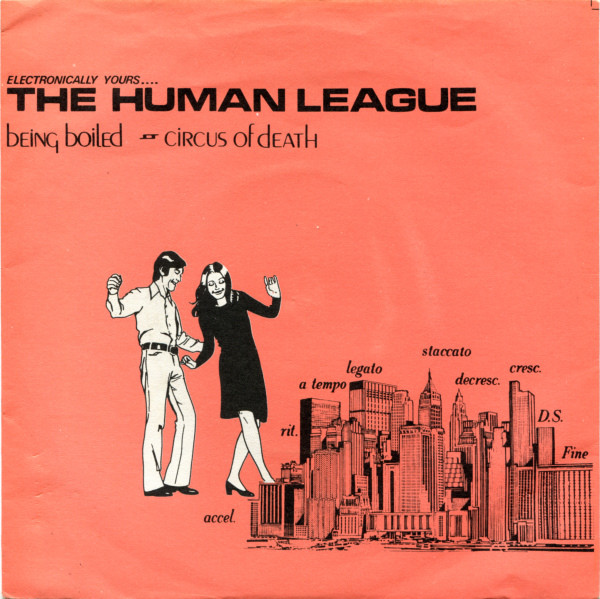
03 Being Boiled (1978)
Minds blown by prevailing technologies yet still punk of spirit, the League Mk.1 were resolute in their wish to “rattle people out of their comfort zones.” This debut 45 recast the final utterances of murderer Gary Gilmore as its morose curtain raiser, yet Phil still believed it was bound for No.1. Not likely, with Grease and the Smurfs smearing the top spots. Costing just a couple of quid and recorded in a filthy vacant cutlery factory on a two-track reel-to-reel, this rudimentary seven was issued on Fast Product in 1978, selling 5,000 copies.
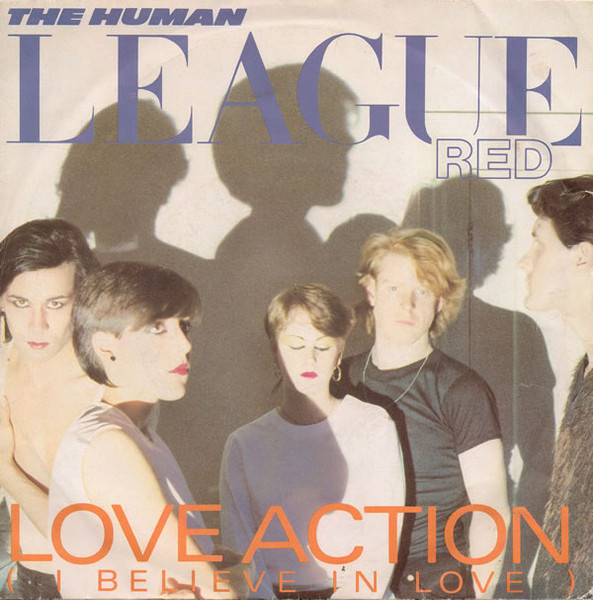
02 Love Action (I Believe In Love) (1981)
Labelled ‘Red’ for the floor, The Human League Mk.2’s first big hit record followed their initial Top 20 single The Sound Of The Crowd into the UK charts in summer 1981, a No.3 kept at bay by Shakin’ Stevens and the Royal Philharmonic. Issued as a double-A with almost-instrumental Hard Times, Love Action (I Believe In Love) made clear the formidable prowess of Martin Rushent at the dials, who had both the technical savvy and the unending patience. “It used to take hours and hours and hours,” Rushent told Sound On Sound about the dedication required to ensure the arduous sequencing process was completed without hitch.
Rushent also cleverly shaped and triggered Jo Callis’ guitars using Roland’s System 700 modular synth to fashion the tune’s timeless shimmering hook. Co-written with Ian Burden, Oakey’s autobiographical lyrics (made clear via the infamous line: “This is Phil talking”) were, as he told Mojo, “a celebration of the hope that people could be more open about their sex lives,” while the ‘old man’ of the lyrics, as he later cleared up to Smash Hits, turned out to be Lou Reed, another big influence. Love Action also has the rather morose honour of being the final record on legendary journo Lester Bangs’ turntable.before he died.
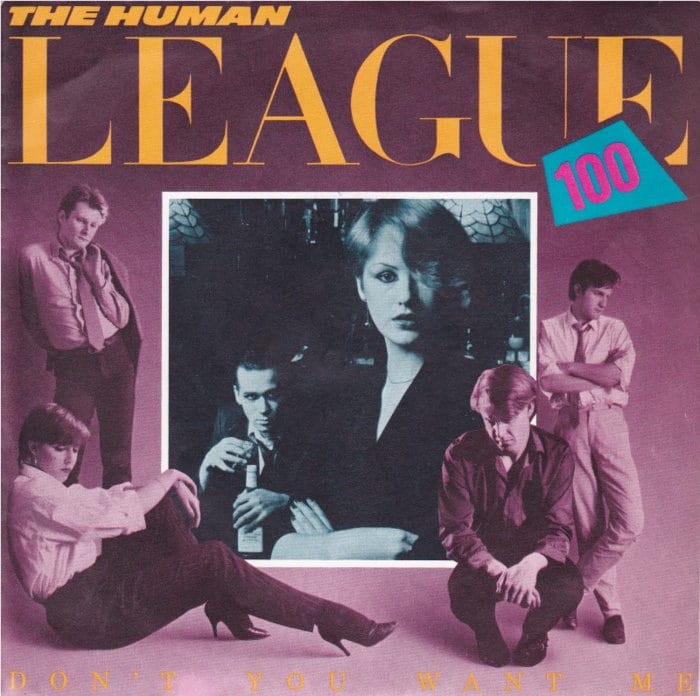
01 Don’t You Want Me (1981)
Unexpected, perhaps not, but honestly, what else could it be? The League’s evergreen mega-hit may never have launched were it not for a certain uber-talented producer. “It didn’t have a chorus,” Phil Oakey told The Guardian. “Martin Rushent told me to go into another room: ‘Don’t come out until you’ve got a chorus.’ Two hours later I came out with: ‘Don’t you want me, baby’.” Brandishing his freshly fashioned hook, Phil promptly recorded it in the glamorous climes of the studio toilet. Meanwhile, his nervous sparring partner, the recently enlisted Susan Ann Sulley, provided its girl-next-door counterpoint, despite famously having never actually worked in a cocktail bar.
In need of content, MTV wore out the tape of its Steve Barron-directed promo feature – a film within a film inspired by the François Truffaut movie Day For Night – not only clearing the lane for a US No.1 but also the coveted Xmas No.1 in the UK. Roger Linn, inventor of the Linn drum, was happy too: it was “the first hit with one of my machines,” he beamed. “It’s the best song I’ve ever written,” Phil enthused to Smash Hits. “It’s a proper song like the kind that Earth, Wind & Fire or Abba would write. It’s the story of A Star Is Born. Everyone says that I’ve written it about the girls so I’m not going to say anything about that.”
Heartfelt thanks go to the excellent Human League fansites The Black Hit Of Space and Blind Youth – and Electricity Club, all of which have been invaluable sources of information for this feature.
Read More: The Lowdown – The Human League
Classic Pop may earn commission from the links on this page, but we only feature products we think you will enjoy.

